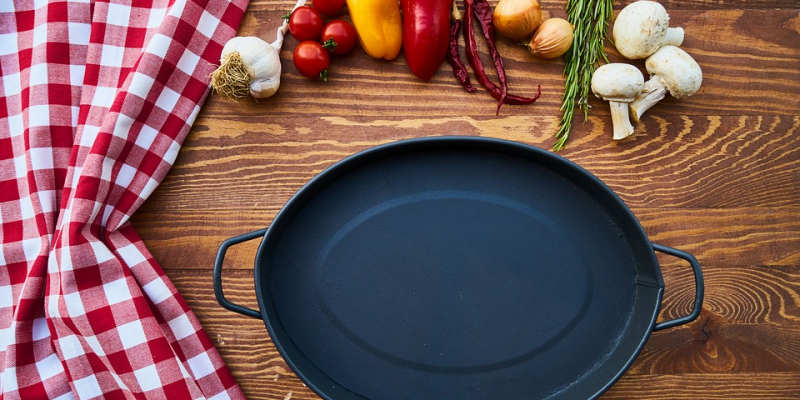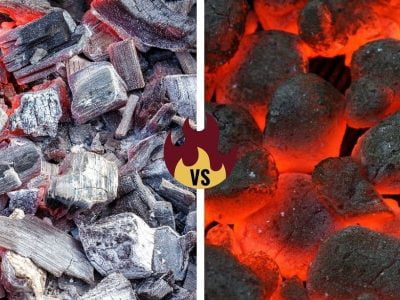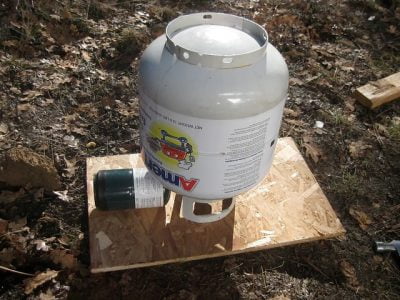Stainless steel cookware is one of the most popular choices because they are durable, long lasting and safe.
They are also stable under high temperatures.
However with every kind of cookware, there are some things you should avoid doing in order to prevent damaging them and to extend their life.
1. Heating Them In The Microwave
Stainless steel pans don’t belong in the microwave.
Stainless steel which is regular steel doped with chromium, reflects microwaves. Continuous reflection of microwaves can ignite whatever you are cooking. If the pan you use has jagged edges or points, sparks might appear.
Stainless steel also has a layer of chromium oxide which has a shielding effect. Because of this, microwave radiation cannot penetrate and the food will fail to get heated.
Although your microwave won’t blow up if you use stainless steel pans, it is best to stick to microwave safe pans.
2. Letting Them Sit On The Burner For A Long Time
Letting an empty stainless steel pan sit on the burner for a long time can damage the pan and cause permanent discolouration.
Marks which are blueish, brownish, yellow or green might appear on the surface and they are extremely hard to remove.
You should also avoid letting hot oil sit in your stainless steel pan for a long time.
This is because it gets broken down and exposed to oxygen which gives it a viscous and gummy texture. This leaves a sticky residue which is hard to clean.
3. Using Bleach And Caustic Cleaners
Bleach and caustic cleaners will leave stains on your stainless steel pans.
If bleach is left on the pan for long, gray or brown stains will appear on its surface because of corrosion.
The sodium hypochlorite present in bleach reacts with carbon dioxide to produce chlorine gas. Since chlorine gas is a strong oxidising agent, it will attack the chromium layer on stainless steel which will expose the metal.
Caustic cleaners can cause etching and pitting.
You should use soft sponges or cleaning cloths as suggested by HomeKitchenLand.
4. Using Cooking Sprays
Everyone knows that cooking sprays are super convenient to use but they aren’t good for your stainless steel pans even if you are roasting nuts to feed squirrels.
Apart from oil, these sprays contain anti-foaming agents, emulsifiers, and propellants. Some of these components can leave a sticky residual coating which is very hard to remove.
Stick to butter or oil to grease the pan.
5. Adding Salt To Cold Water
If you add salt to cold water in a stainless steel pan, it will drop to the bottom instead of dissolving.
This leads to the formation of white dots on the bottom of the pan called salt pitting.
Pitting corrosion leads to the formation of small holes in the metal due to the interaction of chloride in salt, oxygen in water and chromium in stainless steel.
In order to prevent this wait until the water starts boiling, to add the salt. This will make sure the salt dissolves in the water.
6. Putting Them In The Dishwasher
Even if the label on your stainless steel pan says it is dishwasher safe, avoid putting it in the dishwasher. However, if you stick to putting cookware in the dishwasher, you can refer to this dishwasher-friendly stainless steel cookware.
Since most of the dishwasher detergents are caustic, they can cause etching and also attack the chromium oxide layer which protects the metal. If these harsh detergents meet the aluminium, they will degrade it and it will get eroded.
Over time, the pan will lose its shine and start looking dull.
7. Using A Knife To Cut Things In The Pan
We all have a tendency to take a knife and cut something in the pan to check whether it is properly cooked or not.
Don’t do this in stainless steel pans.
You will leave permanent marks or scratches which are super hard to get rid of.
8. Heating Fats Past Their Smoke Point
When you heat fats past their smoke point, the triglycerides present in them break down and become free fatty acids.
They polymerise to a resin which is insoluble in water and this leads to a sticky after effect.
Conclusion
Avoiding the above things can help you maintain the quality of your stainless steel plans and preserve their appearance. Routine cleaning and scrubbing will help restore their shine or else you will have to keep them along with the toys in your outdoor storage.














Comments